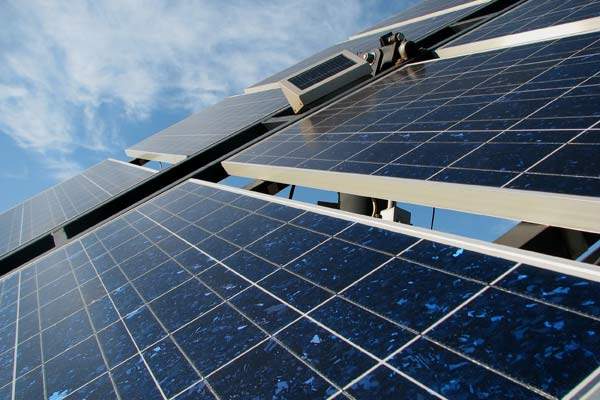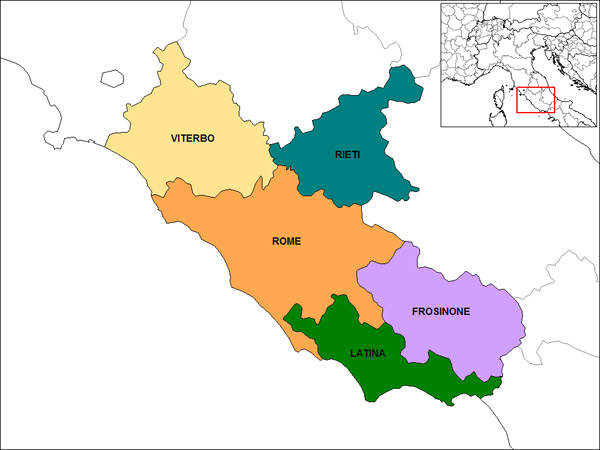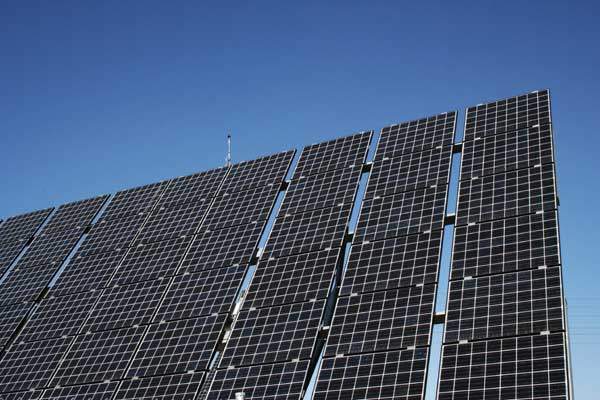SunRay Renewable Energy (SRE)’s solar plant, located at Montalto di Castro in the province of Viterbo, Lazio, is Italy’s largest photovoltaic plant. The plant was owned and developed by SRE and in 2010 it was acquired by SunPower Corporation. The project is part of a planned 100MW development.
One of the largest installations in Europe, the SRE plant has the capacity to produce 40,000Mwh of energy a year. It generates a peak power of 24MW using 78,720 solar panels. It was developed to meet Italy’s power consumption requirements through renewable sources of energy.
The SunRay plant is managed by SunPower. The total cost of the project was estimated to be $200m (€120m).
It created around 200 local jobs in the first year of operations and over 20 people every year in the subsequent 25 years of operations.
SunRay plant details
The solar plant was designed and built by SunPower Corporation, which was selected as its designer in September 2009. It designed and built the photovoltaic plant, but did not provide operations and maintenance services.
The photovoltaic plant is designed to generate more than 24MW of electricity. The plant covers a surface area of 60ha. Construction began in February 2009 and was completed in December 2009. The plant was connected to the grid at the end of 2009.
Technology
SunPower installed 78,720 solar panels and its state-of-art SunPower tracker technology at the plant. This modern tracker technology offers 25% more energy compared with stationed tilt systems by tracking the sun during the day.
The technology is a ground-mounted tracking system and reduces the use of land requirements. The Sunray tracking systems can produce 250MW of peak power and increases the efficiency of solar power systems.
The technology is popular, with approximately 100 ground-mounted tracking systems installed globally in 2008.
Financing the SunRay project
The SRE project was financed by various international and Italian banks. The US-based private equity firm Denham Capital Management has already invested $200m (€120m) in the plant’s construction.
Denham entered a strategic partnership with SRE, which enables SRE to generate about 300MW of power throughout Europe and the Mediterranean region.
Local environmental impact
SRE took measures to reduce the plant’s pollution and create an economic advantage. During the plant’s design, the company adopted a fully integrated approach to avoid adverse environmental impact on the country’s landscape and natural habitats. The plant is estimated to reduce CO2 emissions in the region by 22,000t per year.
The solar plant was required to meet the conditions set by the Kyoto protocol, which stipulates that 550kg of CO2 emissions must be reduced for every 1MWh produced.
To meet Kyoto requirements, the company planned to adopt the local area, which is poor in natural and environmental characteristics, and apply remedial solutions, such as replanting trees, improving vegetation and blending in seamlessly with local agricultural and farming activities to control the environmental impact on the landscape.
Italian power market
The Italian power market is continually changing as the country’s authorities adopt a liberalisation process designed to double the country’s power station capacity.
The liberalisation process comprises five phases:
- Phase 1 – initial liberalisation.
- Phase 2 – opening up to market rules.
- Phase 3 – deregulation and opening of international borders.
- Phase 4 – national and local companies become private listed companies.
- Phase 5 – deregulation completion (with the exception of national monopolies).
The Italian authorities opened up the country’s power market in order to compete with those of other European countries. Several companies have started up power plants in Italy because of its liberalised regulations.
In the near future, it is expected that Italy will not suffer from a scarcity of electricity.






